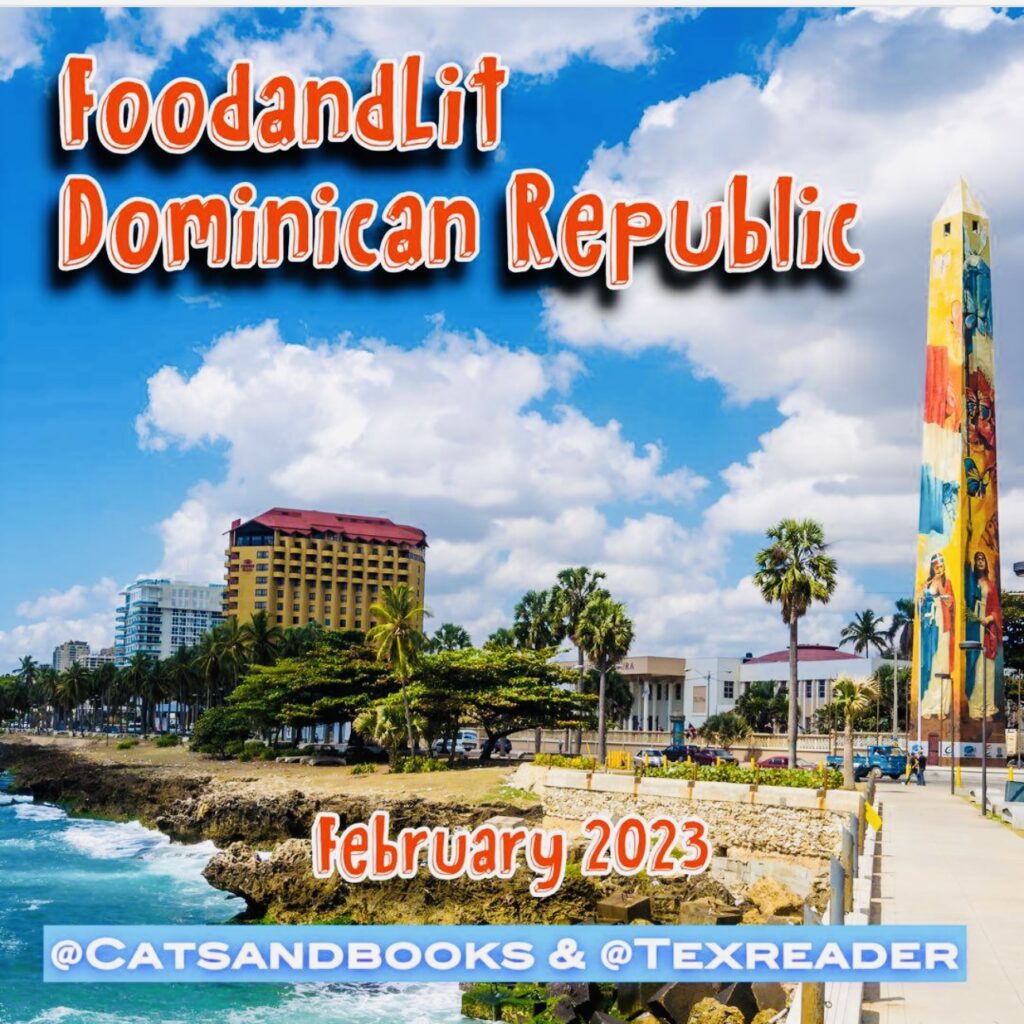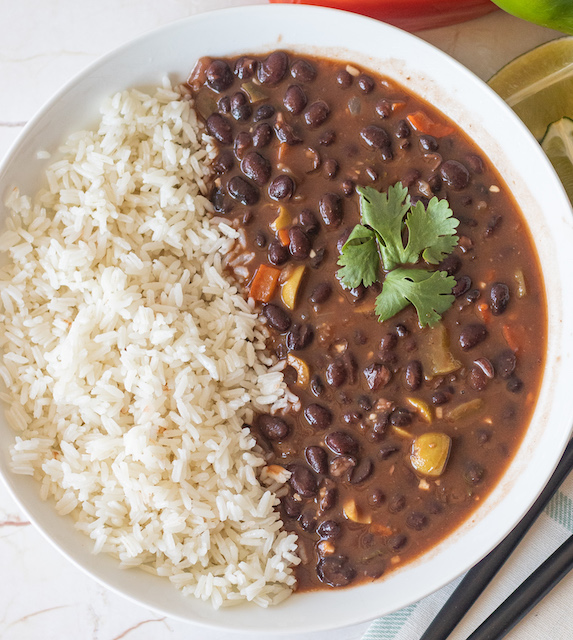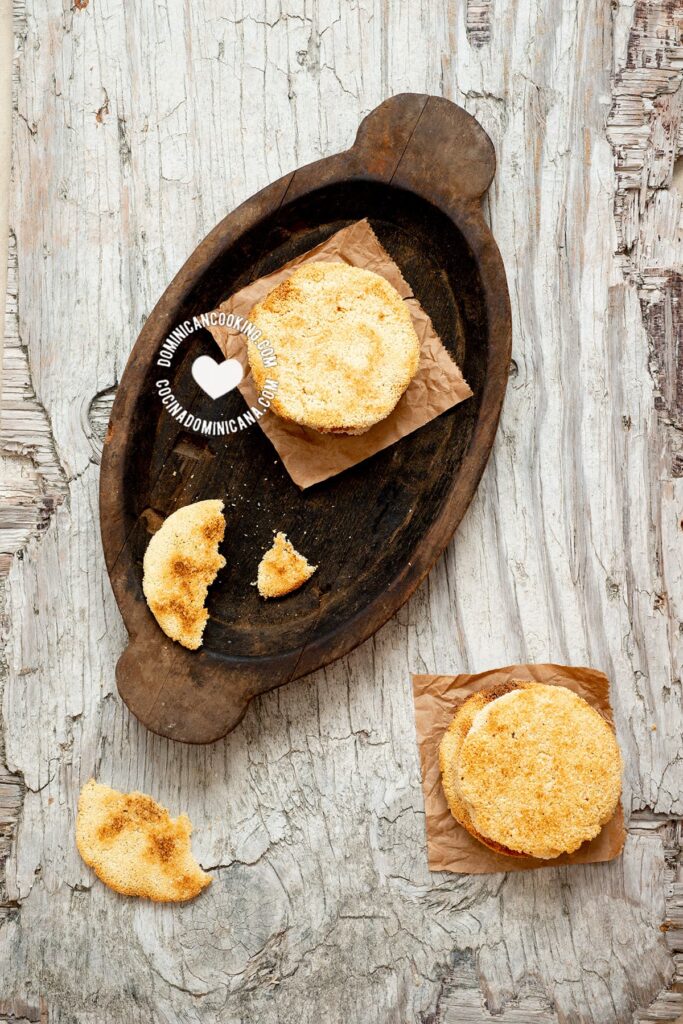
Dominican Republic is the second largest and most diverse Caribbean country, situated just two hours south of Miami, less than four hours from New York and eight hours from most European cities. Known for our warm and hospitable people, Dominican Republic is a destination like no other, featuring astounding nature, intriguing history and rich culture. Surrounded by the Atlantic Ocean on the north and the Caribbean Sea on the south, our lush tropical island paradise boasts nearly 1,000 miles (1,609 km) of coastline, 250 miles (402 km) of the world’s top beaches, magnificent resorts and hotels, and a variety of sports, recreation and entertainment options. Here you can dance to the pulse pounding thrill of the merengue, renew in our luxurious and diverse accommodations, explore ancient relics of centuries past, delight in delicious Dominican gastronomy or enjoy ecotourism adventures in our magnificent national parks, mountain ranges, rivers, and beaches. The Dominican Republic is a Caribbean nation that shares the island of Hispaniola with Haiti to the west. It’s known for its beaches, resorts and golfing. Its terrain comprises rainforest, savannah and highlands, including Pico Duarte, the Caribbean’s tallest mountain. Capital city Santo Domingo has Spanish landmarks like the Gothic Catedral Primada de America dating back 5 centuries in its Zona Colonial district. Discovered in 1492 by Christopher Columbus, the country overflows with fascinating history, museums and exciting cultural experiences like music, art and festivals, plus uniquely Dominican specialties such as cigars, rum, chocolate, coffee, merengue, amber and larimar.

Prep Time 3 minutes
Cook Time 10 minutes
Total Time 13 minutes
Servings 4 people
Calories 48kcal
Author Clara Gonzalez
Ingredients
Cafe de greca dominicano
¾ cup ground Dominican coffee [44 grams]
½ teaspoon ground nutmeg (optional)
Sugar to taste
Cafe de colador dominicano
¾ cup ground Dominican coffee [44 grams]
4 cups boiling water [1 liter]
Sugar (to taste)
Instructions
How to make greca coffee
In a large espresso greca (enough for 4 espresso cups), fill water below the valve (1⅓ cups) in the lower water recipient.
Add coffee to the middle coffee basket, packing if necessary to keeping at an even level. Add the nutmeg and press to even it.
Assemble the coffee maker, screwing the top tightly.
Place on a stable burner and boil over medium heat until the coffee stops rising.
Serve with sugar to taste.
How to make colador coffee
Put the ground coffee in the bag (“sock”) and place it on the base. Place a pitcher under to catch the coffee as it brews.
Pour the boiling water into the sock until it has all drained into the pitcher.
Serve with sugar to taste.

A classic Dominican White Rice recipe where a little salt makes a huge difference!
arroz blanco, dominican food, dominican recipe, dominican rice, rice, white rice
Servings: 8 people
Ingredients
4 cups long grain rice
5 cups water
2 tbs salt
5 tbs corn oil
Instructions
In a large pot over high heat, bring water to a boil after adding the salt.
Once at a boil, add the rice and stir well.
Bring to a boil again while stirring frequently.
Once water evaporates, lower heat to low and add corn oil. Stir well and cover.
Cook on low for 25 minutes. Do not uncover.
After 25 minutes, uncover, stir fluffing up the rice.
Cover again and cook for another 5 minutes.
READING

From New York Times bestseller and Pulitzer Prize winner Junot Díaz comes a debut picture book about the magic of memory and the infinite power of the imagination.
Every kid in Lola’s school was from somewhere else.
Hers was a school of faraway places.
So when Lola’s teacher asks the students to draw a picture of where their families immigrated from, all the kids are excited. Except Lola. She can’t remember The Island—she left when she was just a baby. But with the help of her family and friends, and their memories—joyous, fantastical, heartbreaking, and frightening—Lola’s imagination takes her on an extraordinary journey back to The Island. As she draws closer to the heart of her family’s story, Lola comes to understand the truth of her abuela’s words: “Just because you don’t remember a place doesn’t mean it’s not in you.”
ANITA AND THE DRAGONS
Anita watches the dragons high above her as she hops from one cement roof to another in her village in the Dominican Republic. But being the valiant princess she is, she never lets them scare her. Then one day, Anita must face her fears to begin a new life in a new country. Will she be brave enough to enter the belly of the beast and take flight to new adventures?
and
NON-Fiction Dominican Republic books…….
All Library Books!

The daughter of Dominican immigrants,
she lives with her family near Philadelphia,
where she works as an environmental lawyer.
All her books are excellent.
I read this one once a week to kids in similar situations:
do not have a bed or bedroom or sleep elsewhere at night.

Casabe Recipe (Cassava Bread): very rich in fiber, no cholesterol, no sodium, no fat, and only a moderate carbohydrate content.
Try this ancient wonder food
Prep Time 1 hour 15 minutes
Cook Time 15 minutes
Total Time 1 hour 30 minutes
Servings 4 servings
Calories 181kcal
Author Clara Gonzalez
Ingredients
1 pound yuca (cassava), peeled and washed
Parmesan casabe
1/3 cup freshly grated parmesan
Garlic casabe
1/2 teaspoon salt
2 garlic cloves (crushed )
1/4 cup olive oil
Instructions
Grate the cassava with the least coarse side of the grater.
Using a clean cotton cloth, squeeze the cassava until you extract as much liquid as possible.
Spread on a baking tray and leave in the fridge for 4 hours (the refrigerator acts as a dehumidifier), stirring and breaking clumps at least every hour. By then it should be slightly damp and the texture will be similar to grated parmesan.
Heat a nonstick pan over medium heat.
Spread some cassava on it, making sure to break down any clumps before you do.
Cook for 1 minute, turn and cook for another minute, or until both sides are light golden brown, and the casabe is no longer flexible.
Once you have made all the cassava bread, place on a wire tray to cool down. It should notbe flexible, if it is, it means that not all the water has evaporated. If that is the case, cook a bit longer.
To make parmesan casabe
Mix half the grated parmesan with the grated cassava before step 3. Proceed with the instructions above. Sprinkle with the remaining parmesan and toast in the oven.
To make garlic casabe
Mix garlic and salt with the grated cassava before step 3. Proceed with the instructions above. Sprinkle with the olive oil and toast in the oven.
Although I would not have picked this country as a part of this challenge,
I did learn a bit more about it.
I loved the library picture books I found.


